





As the days grow longer and warmer, there’s no better time to pull on your gumboots, head into the garden and shake off the winter blues—and our seventh edition of CANNATalk has everything you need to get inspired! In this issue, we put our bestselling CANNA Coco Professional in the hot seat, get the inside story on everyone’s favourite breath-freshening herb and learn how to conquer the dreaded fungal infestation that is Botrytis.
Our latest issue also features some fabulous advice on the best ways to grow plants from seed, we delve into the fascinating world of beneficial microorganisms, and we discover some weird facts about flowers. As always, if you have a question, query, or comment—please get in touch! You can find us in the questions section at www.canna.com.au or www.canna.co.nz
Happy gardening!
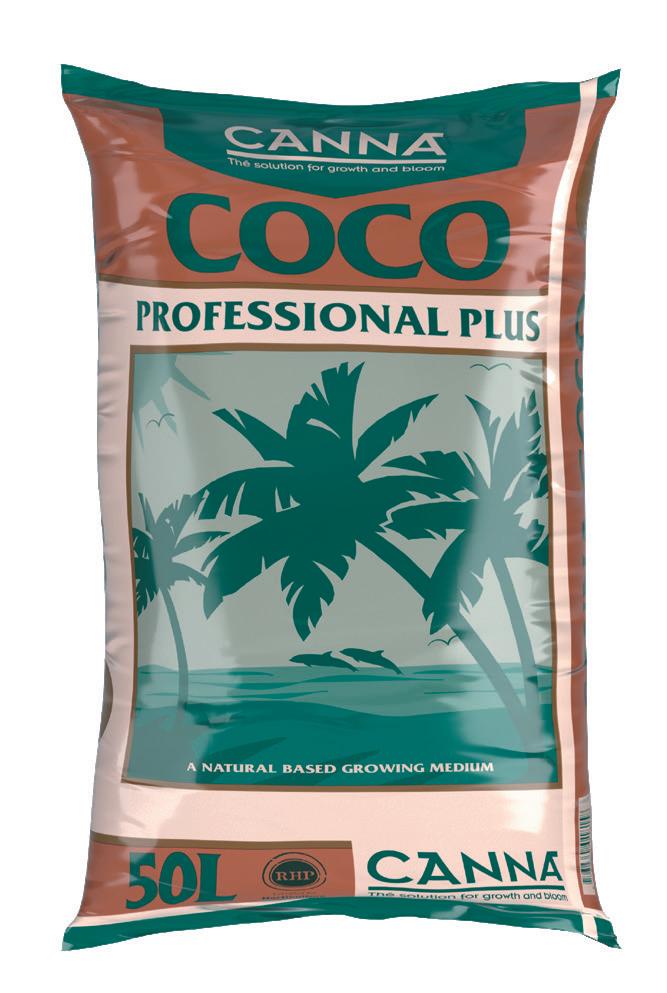
Coconut fibre is a versatile, sustainable growing medium, making it a fantastic choice in your garden—whether it’s hydroponic or soil-based. Quality coco will give your plants all they need for optimum growth when used with a good nutrient schedule.
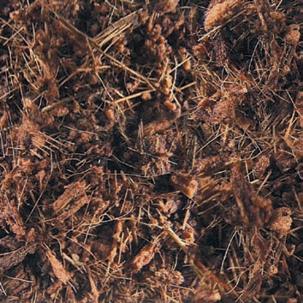





That’s where CANNA Coco Professional and Professional Plus come in. Made from 100% organic coco flakes, produced under strict quality controls, Coco Professional and Professional Plus are natural coco-based plant mediums that offer the gardener the perfect coco medium for every level of expertise.
Specially selected prime Indian coconuts form the base for CANNA Coco Professional and Professional Plus series. Throughout the production process, not a single flake touches the ground—ensuring the end product is free of weeds or soil diseases—and every piece is washed in fresh water so that no salts are present.
The CANNA Coco Professional series carries the strictest European quality mark for growing media—the R.H.P. In
short, the R.H.P. quality mark means that the product is free of weeds, a guarantee that applies not only to the finished product but covers the sourcing and processing of raw materials all the way to the bag.
Both CANNA Coco Professional and Professional Plus have an excellent water/air system, which provides ideal circumstances for cultivation, and both can be used a number of times without a decline in quality, making an excellent potting mix improver after final use.
The products differ most when it comes to the levels of buffering (a process to lessen or modify some aspect of your growth media such as pH or ability to hold nutrients). In this case, buffering coir ensures that the high levels of sodium and potassium salts naturally present in the coco fibre are lowered, and calcium and magnesium are increased.
CANNA Coco Professional is very lightly buffered, which means that you have more control over the buffering process yourself and have more influence on the growth and bloom of the plant.

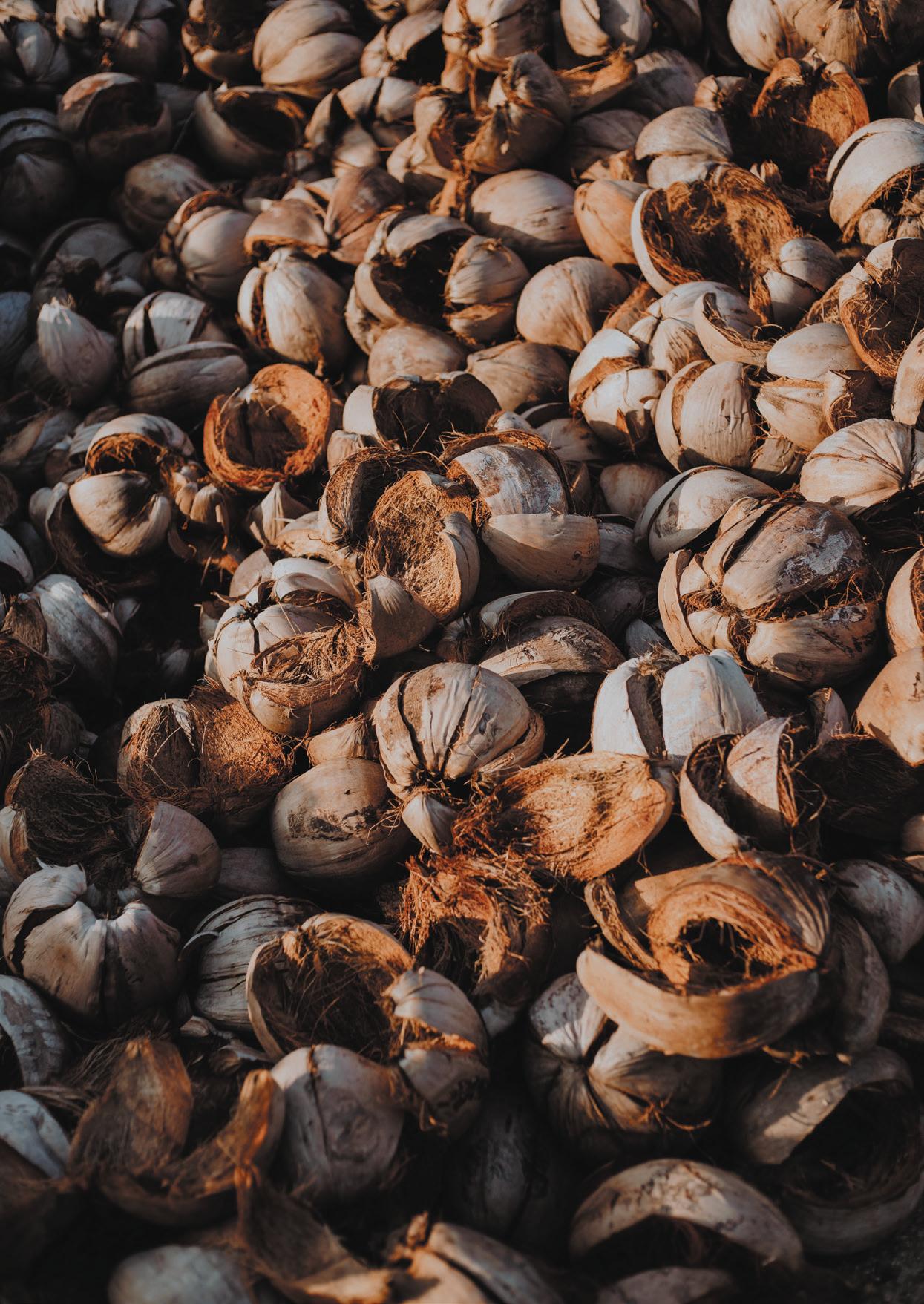

In contrast, CANNA Coco Professional Plus has had a full buffering, eliminating the side effects of growing on coir, which can consume some of the nutrients available for the plant. CANNA’s buffering process allows us to ‘pre-program’ the medium to a certain age, ensuring you get the same consistent, high quality material time after time.
Whether you rely on the consistency and reliability of CANNA Coco Professional Plus, or want to take control of your plant’s destiny with the flexibility of CANNA Coco Professional, you can be guaranteed that you (and your plants) will love our fantastic coco products.
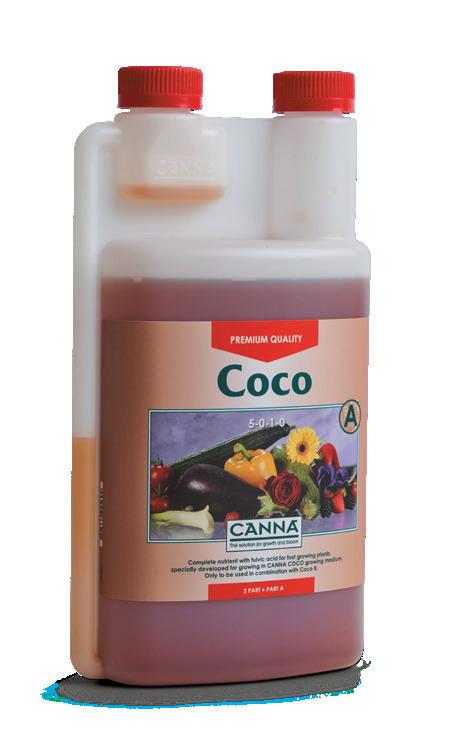
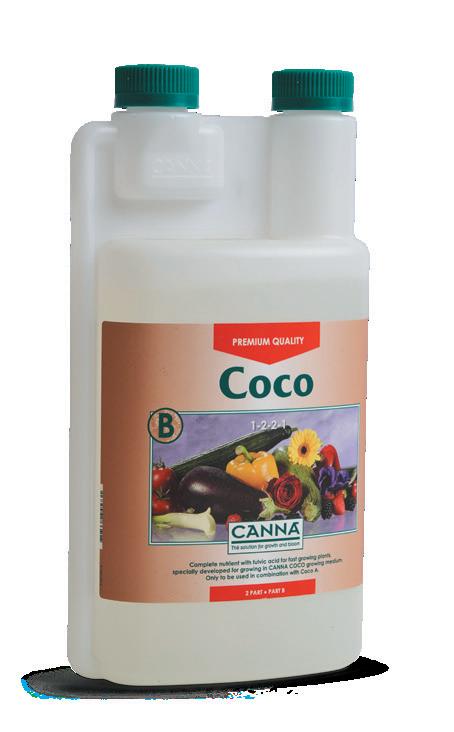
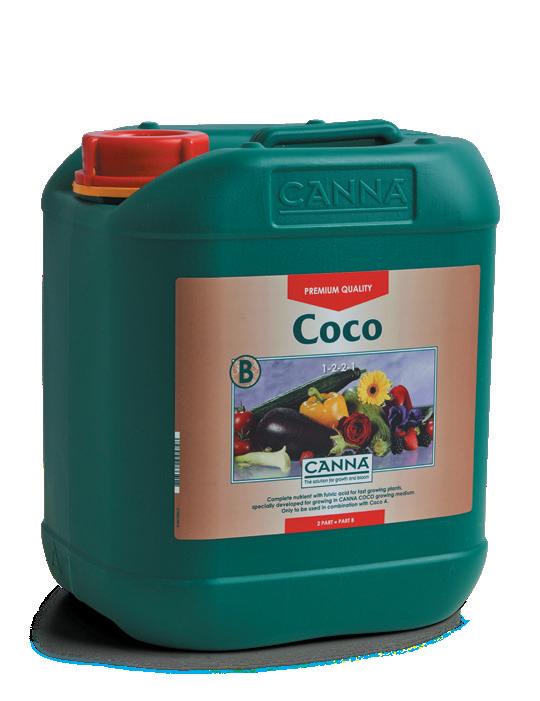
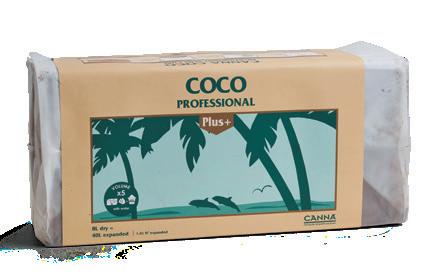
Bulbs are incredible little self-contained growth factories; with everything the plant needs to live right there in one tiny package. But how much do you know about these bold (Garlic! Onions!) and beautiful (Tulips! Daffodils!) plants? Here are eight facts that may surprise you…
1. Tulips were worth more than gold in 17th century Holland, with some bulbs costing more than $2000 each!
2. Australians eat about 8 kgs of onions per person each year, which is nothing on Libya, where an incredible 30 kg per head is the national average.
3. Romans named Gladiolus flowers after the Latin word for sword—because their long, sword-shaped leaves resemble the weapons gladiators used in battle.
4. The Olympics used to be a LOT smellier—before competitions, ancient Greeks would eat onions, drink onion juice and rub it all over their bodies for strength and courage.
5. Daffodils have long been used for healing across the world. Ancient Roman and Greek, North African, Central American, Arabian and Chinese, Japanese and Western medicines have all used daffs for a range of treatments, including on tumours and cancers.

6. Garlic is famously used to ward off vampires, but if vampires = death, it might not be far off the mark! Garlic is health in a bulb, with anti-coagulant, antioxidant, antiviral, antimicrobial, cholesterol lowering and anticancer properties.
7. Tulip flowers are known for being almost symmetrical, and perhaps because of this, are symbolic for perfect love.
8. Onions were buried with ancient Greek pharaohs, who thought that they were a vital part of the journey to the underworld and were considered an embodiment of eternity.

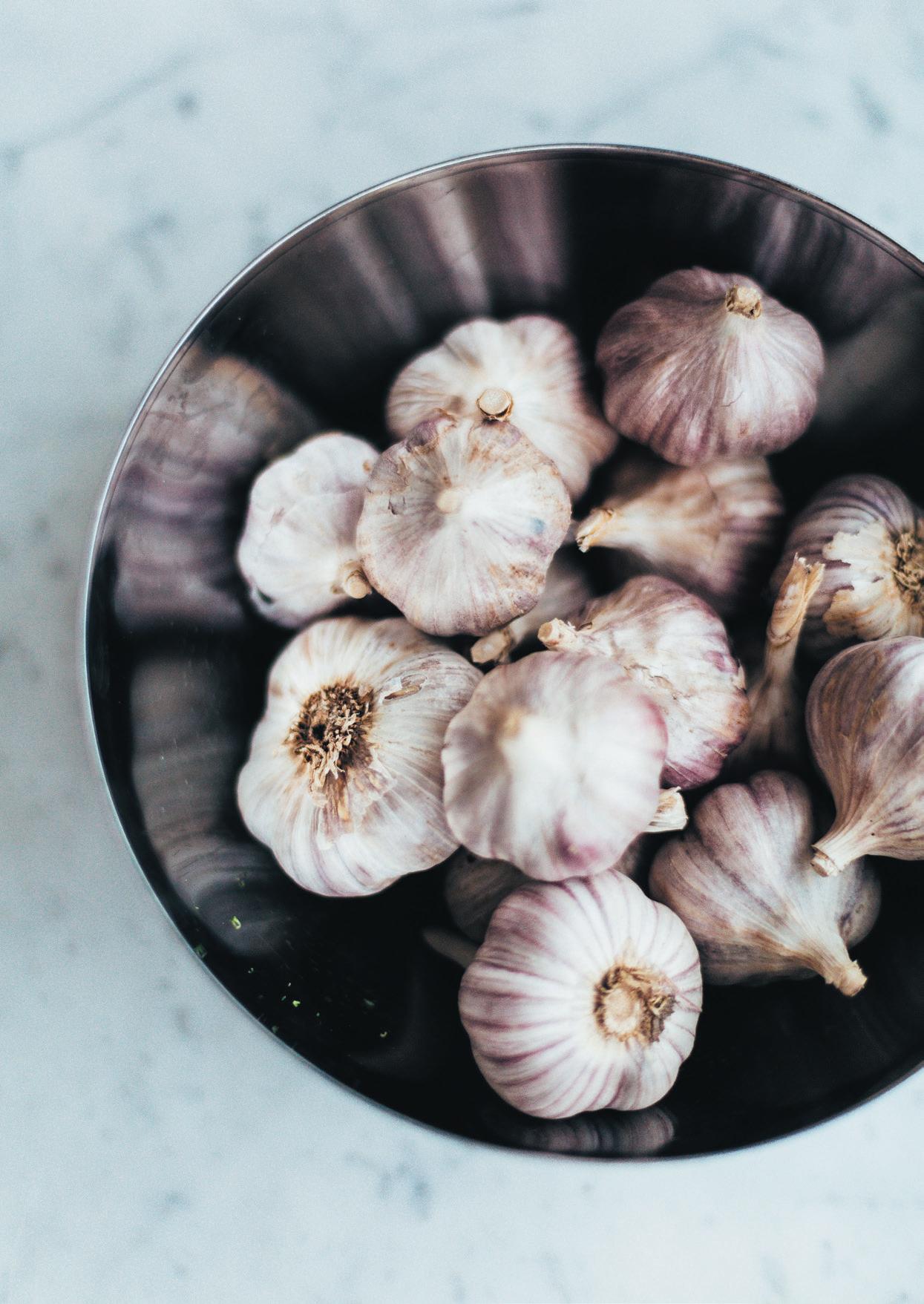
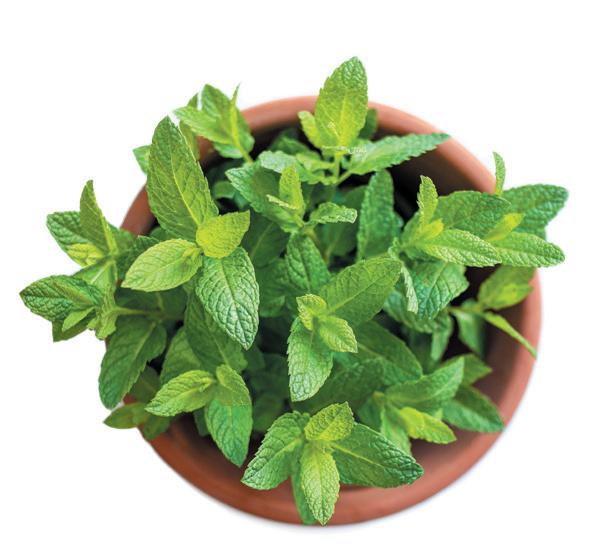
Mint has been banishing bad breath since ancient times, thanks to the fresh smell and taste of menthol, which is the oil derived from the herb. It’s more than just a dental delight though—mint has also been credited with curing digestive ailments, easing troublesome colds, and aiding good brain function. And it’s delicious to boot, adding a delightful zing to everything from chocolate to cocktails.
The word ‘mint’ is derived from ancient Greek. According to legend, ‘Menthe’ was a nymph of the underworld, who made the mistake of becoming Hades’ concubine. His angry wife, Persephone, was crazy with jealousy and in her rage turned Menthe into a lowly groundcover, to be stepped upon by everyone. Hades was unable to undo the spell, but he was able to give mint a sweet scent so his poor ex-lover would perfume the air when trampled.

Mint belongs to a large family of around 25 species and is native to temperate zones across the world, including Eurasia, North America, southern Africa, and Australia. Plants from the mint family have a remarkable stem structure—square, rather than round like most plants. The leaves have jagged edges, and some varieties are fuzzy or variegated. And of course, they all have that unmistakable mint scent when crushed.




There are about sixteen varieties of mint that you can cook with—and all have that distinctive minty taste. The most famous is Spearmint, which has a fruity aroma and flavour and goes well in many foods including salads, sauces, teas and dips. Peppermint has a sharper and more penetrating flavour, while Australia’s own native mint, known as River Mint, is a delicious, delicate species found in damp forests and riverbanks across the country. Other interesting varieties include Pineapple and even Chocolate Mint. And there’s no need for your feline friend to miss out—Catnip is a type of mint too.

Some people might argue the hardest thing about growing mint is getting rid of it! It’s definitely one of the easier plants to grow, and can be cultivated by seed, cutting, runner or root division. Mint seeds are tiny though, so it’s much easier to snip off an 8 cm length of stem from another plant and then transplant once its roots have established, or pull up and plant a section of runner.
Mint is a perennial that needs moist soil and likes some shade in hotter climes.
It will grow in and around everything, not unlike a weed, and many people prefer to confine this tenacious herb to a couple of pots to restrict its spread. If it is in the garden, the trick is to continuously cut it back and restrict growth, otherwise the herb will spread like wildfire and take over. Mint can also easily be grown indoors in a sunny window.
After the summer flush of flowers, cut back to ground level in autumn or divide your clumps to make new plants, getting rid of the old, tired centre and replanting the vigorous outer runners. And don’t forget to mulch with well-rotted compost every year!
(CONTINUED)

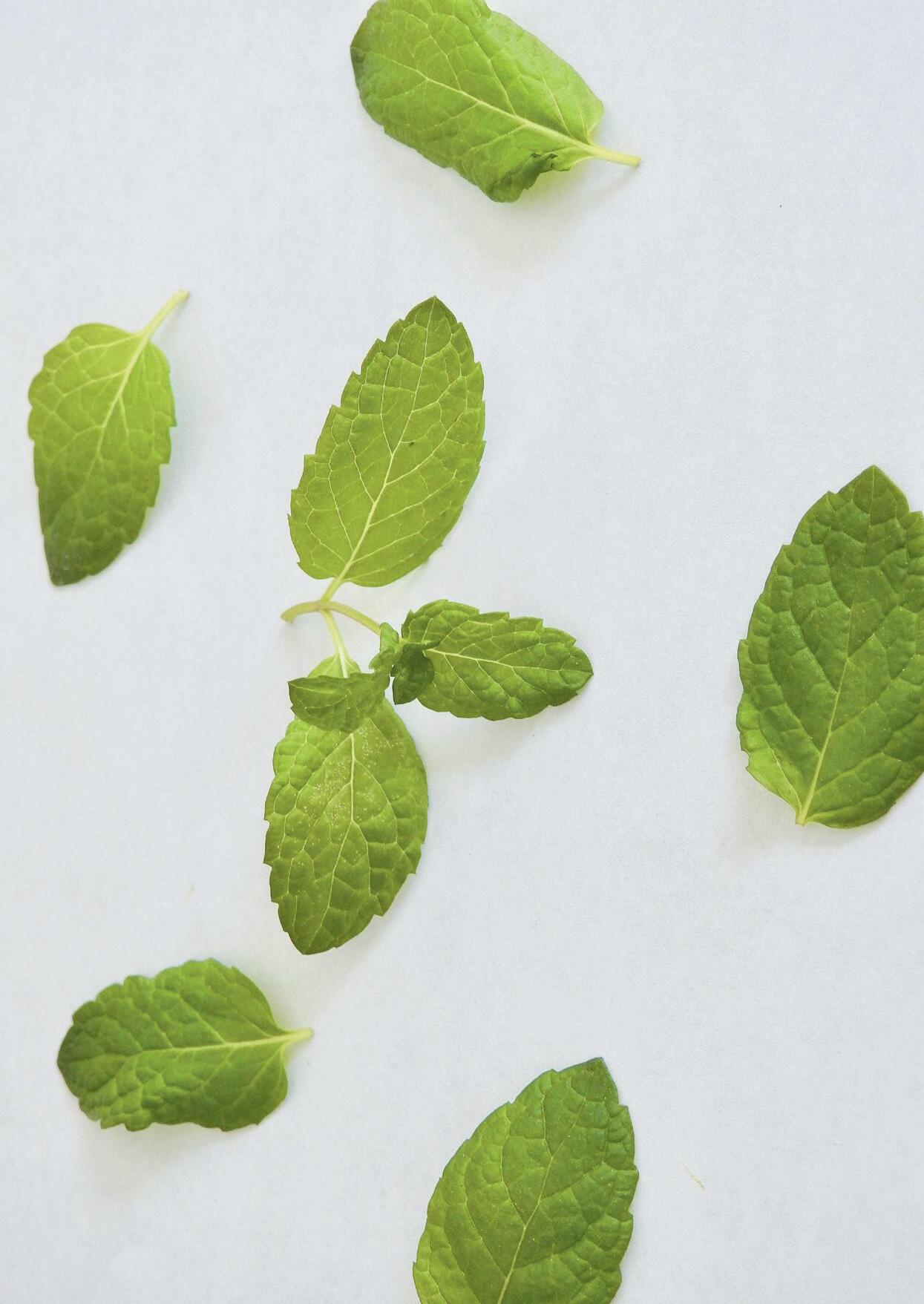
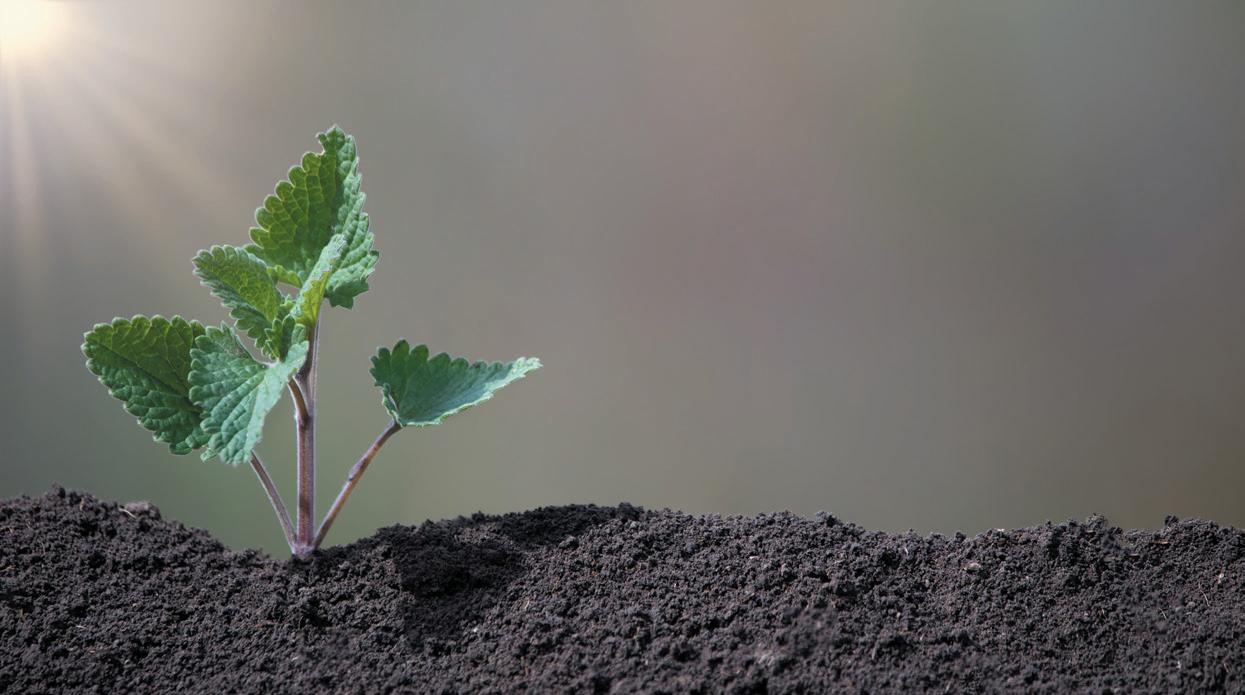


We founded one of the first hydroponic stores in Sydney—the Indoor Sun Shop— and have now been trading for over 32 years. As one of the oldest hydroponic companies in Australia we are proud to serve our customers from two outlets in Moorebank and Top Ryde. Our flagship store in Moorebank consists of a 450 m² retail outlet carrying a very board range of hydro equipment and supplies—one of the most diverse ranges in Sydney, if not Australia. As a one stop shop, we have the full range of hydroponic lighting, hydroponic and organic nutrients, hydroponic additives, hydroponic growing mediums, hydroponic accessories and much more. We are here to help for all your growing needs. Our company philosophy is to provide expert advice and knowledge, as well as quality products at a reasonable price. We provide our loyal customers with 32 years of exceptional knowledge, spending time to get you started and iron out any bumps along the way. Get in touch by giving us a call or at www.indoorsunshop.com.au
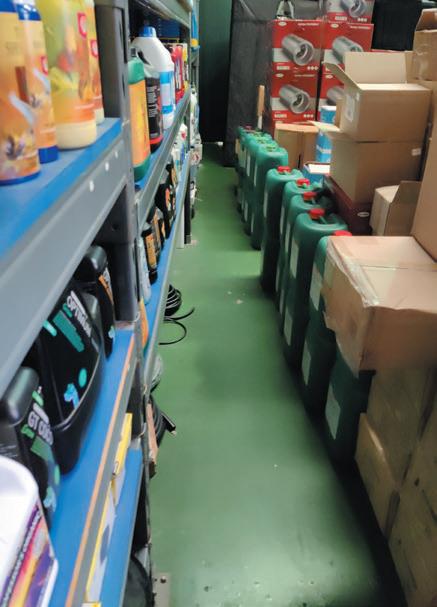
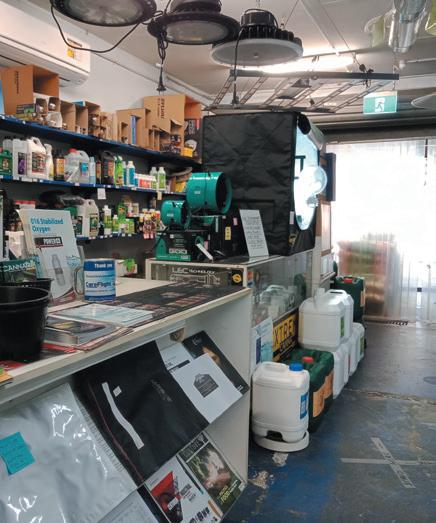
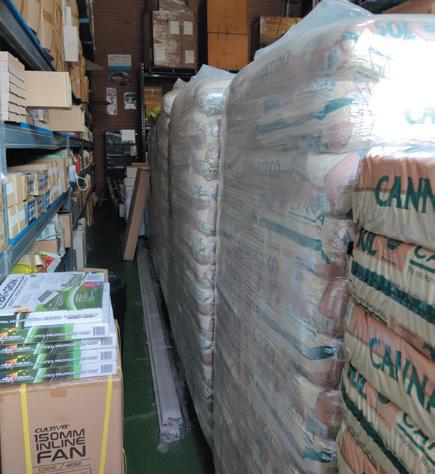

(CONTINUED)

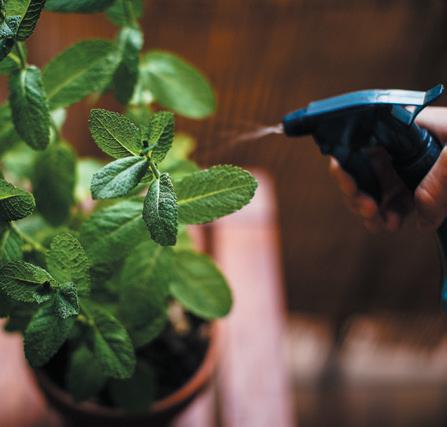
• Mint rust can create havoc if not properly controlled. Check plants for swollen stems with orange spots on the leaves, then dig up the plant and bin it.
• If you’ve got an excess of mint, don’t waste it! Frozen mint is delicious and handy. Wash, dry, then finely chop leaves and fill an ice-cube tray.
• Keep mint in a pot at the back door. Not only is this handy for when you’re cooking, but word has it that this is a good herb for keeping pests like ants, mice and fleas away from the house.
Whichever way you enjoy mint, it is excellent for your health. In fact, the reason that many of our ancestors grew this pungent herb as long ago as 1,500 BC was its many health benefits. Even today, some people still use mint to treat digestive troubles like irritable bowel syndrome, as well as an aid to relieve the common cold, or to calm and focus the mind. Its most famous benefit is to our dental health though—mint contains anti-bacterial and anti-inflammatory properties that promote good oral hygiene.

Ingredients
• 1/2 cup mint leaves
• 1/2 cup lime cordial
• 4 cups club soda
• 4 slices of lime
Method
1. Leave four mint leaves aside for garnish
2. Place the remaining mint leaves and lime cordial into the blender, and process until mint is finely chopped
3. Stir in the club soda
4. Serve in tall glasses over ice and garnish with fresh mint leaves and lime slices
Enjoy!
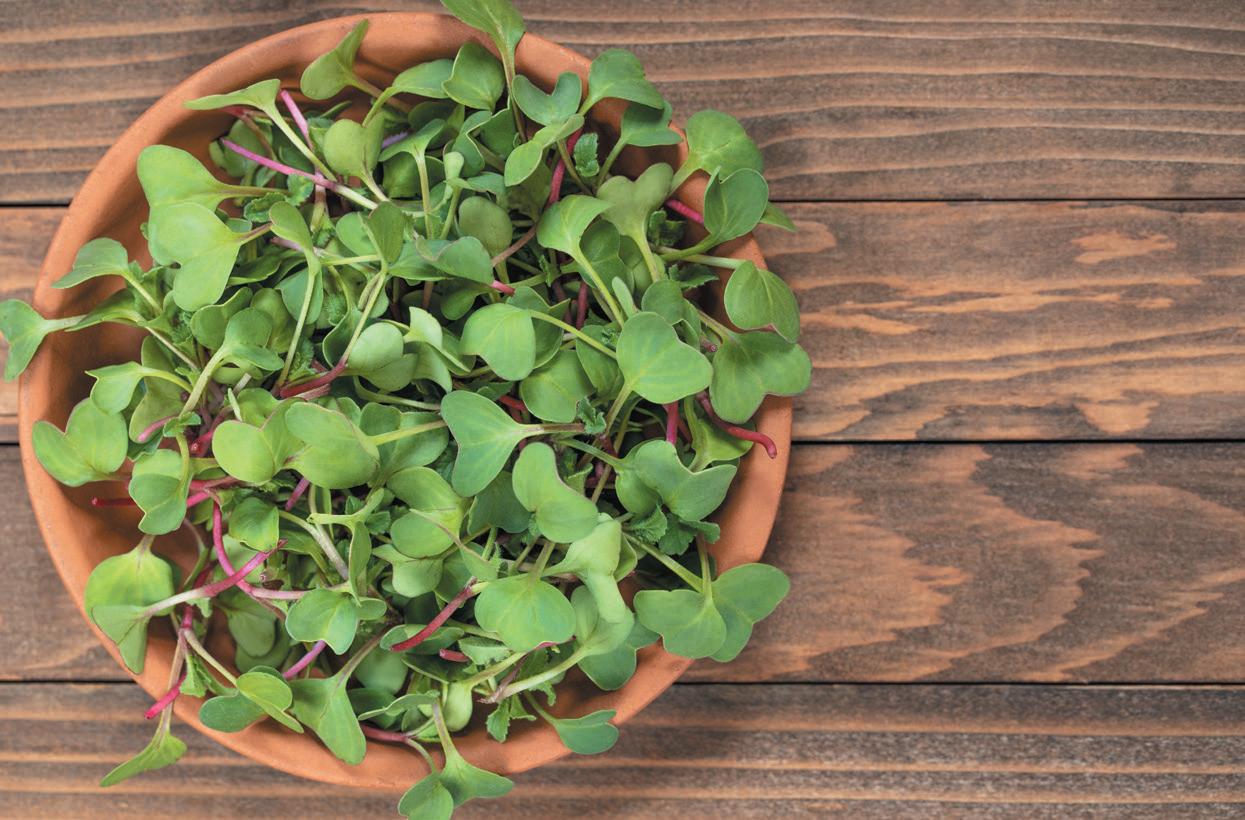
There are quite a few ways to kick start your veggie seeds, but one of the best methods is also the simplest—and you won’t even need to leave the house! Simply follow our easy tips on germinating seeds indoors and you’ll be bringing strong, healthy plants to life in no time at all.
Germinating seeds indoors really is as simple as 1, 2, 3, and allows you much better control over your seed’s growing conditions than sprinkling them in the garden outside and hoping for the best. The easiest
way is to place the seeds between two pieces of moist paper towel, place the paper in a plastic zip-lock bag, and store in a dark but well-ventilated place until the first leaves show.

Once the root sprouts and the first leaves appear, carefully transfer to a growth medium (seed-raising mix, vermiculite or similar) in a small container. When transplanting, use tweezers to gently place the sprouted seedlings 2.5 times the seed height under the surface (e.g., If seed is 2mm place 5mm under the surface). And remember—keep the soil moist, but not too moist!
When the first real leaves appear on your plants you can give them some fertiliser: use about half strength or less to avoid damaging the delicate seedlings. At this stage, the ideal temperature is between 20°C and 25°C, and humidity is high—between 70% and 90%. Light is also important at this juncture— check out www.canna.
com.au/ lighting_for_ my_plants for tips on using different types of light at the right time to make your plants as healthy and abundant as possible. Then, before you know it, you’ll have a growing family of vigorous seedlings and it’ll be time to move your babies into bigger pots, or out into the open air to fend for themselves…
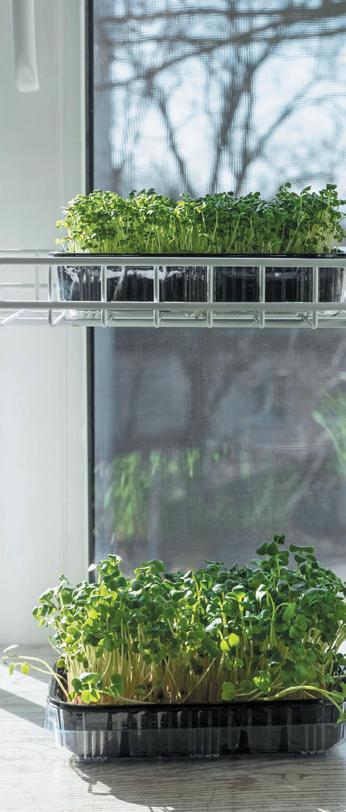
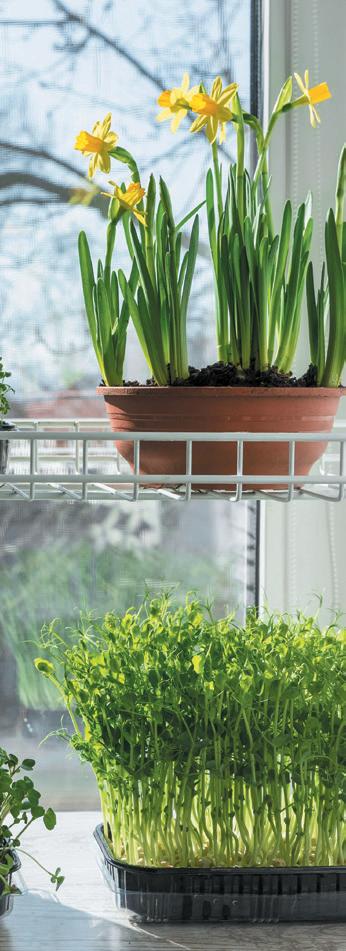


The dreaded fungal infection Botrytis (also known as Grey Mould or Bud Rot) attacks weak plants or dying flowers. The fungus plays a vital role in the natural growth cycle by breaking down vegetation and making the nutrients available in the soil. But when it strikes your crops, it’s a real pest, killing everything in its path.
The first symptom you might notice is when plant tissue becomes dark and soft, due to the death of the host cells. In time, a layer of furry grey mould will form on these dark spots. In flowers, necrosis—tissue that looks brown and wet—is one of the first signs of a possible Botrytis attack. A lighter coloured spot on the flowers with a dark brown ring around it can also indicate an infection.
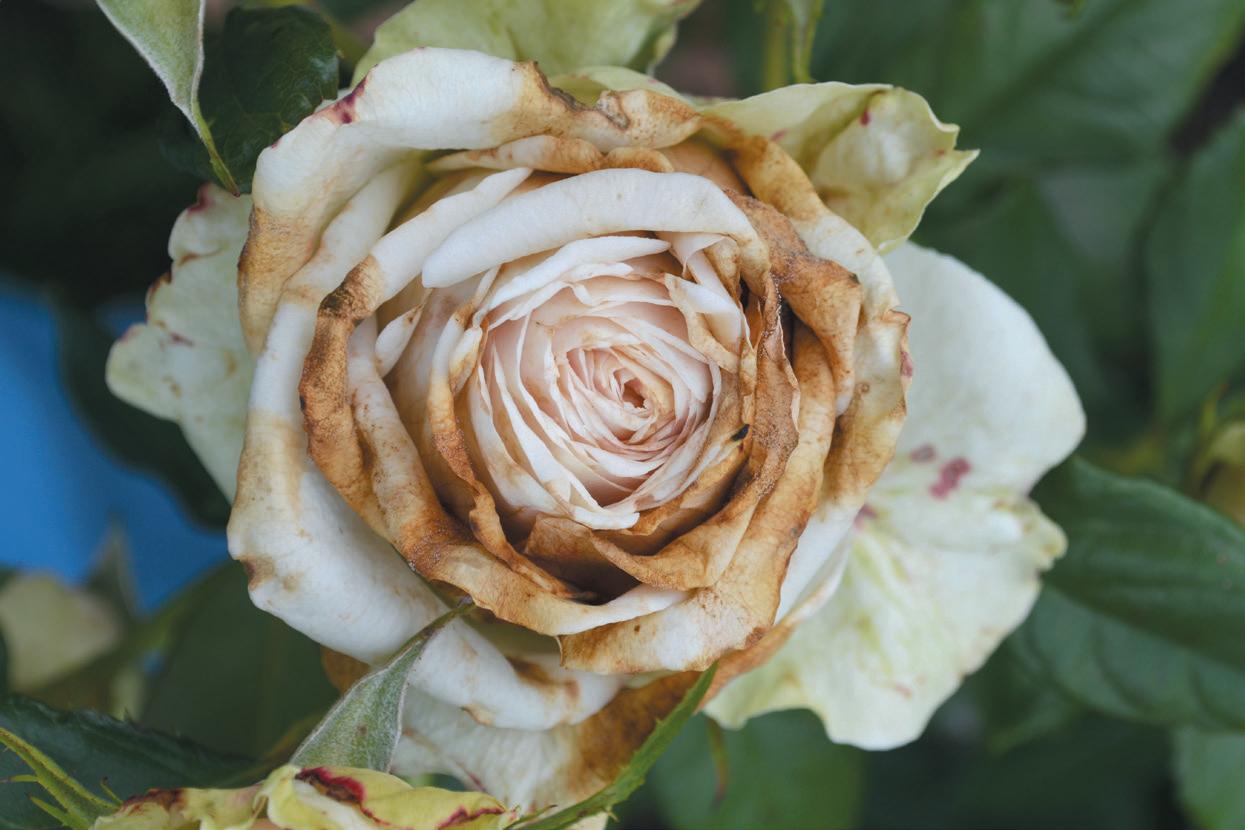
Grey mould usually spreads from infected plant debris from previous crops, which have been left in the garden from the previous season. The mycelium present in the debris develops when temperatures increase and in bright light begins to produce structures called conidiophores. At the end of these conidiophores, spores called condias are formed which are then transported through the air and can infect the leaves or stems of crops.
So, what can be done to prevent or combat a Botrytis infection in your crops? Good garden hygiene is key, but if worst comes to worst, there are some products available on the market to combat this deadly infection.
(CONTINUED)
Here are our top tips to keep your plants safe and healthy…
1. Be vigilant against chewing pests, which can cause damage to and allow Botrytis to enter the plant more easily. Other insects like thrips can carry and spread
4. Several micro-organisms have proven to be successful in controlling Botrytis, including Clonostachys rosea, which can suppress the production of spores. Some nematode species have also been used to control grey mould effectively.
5. Many plant extract
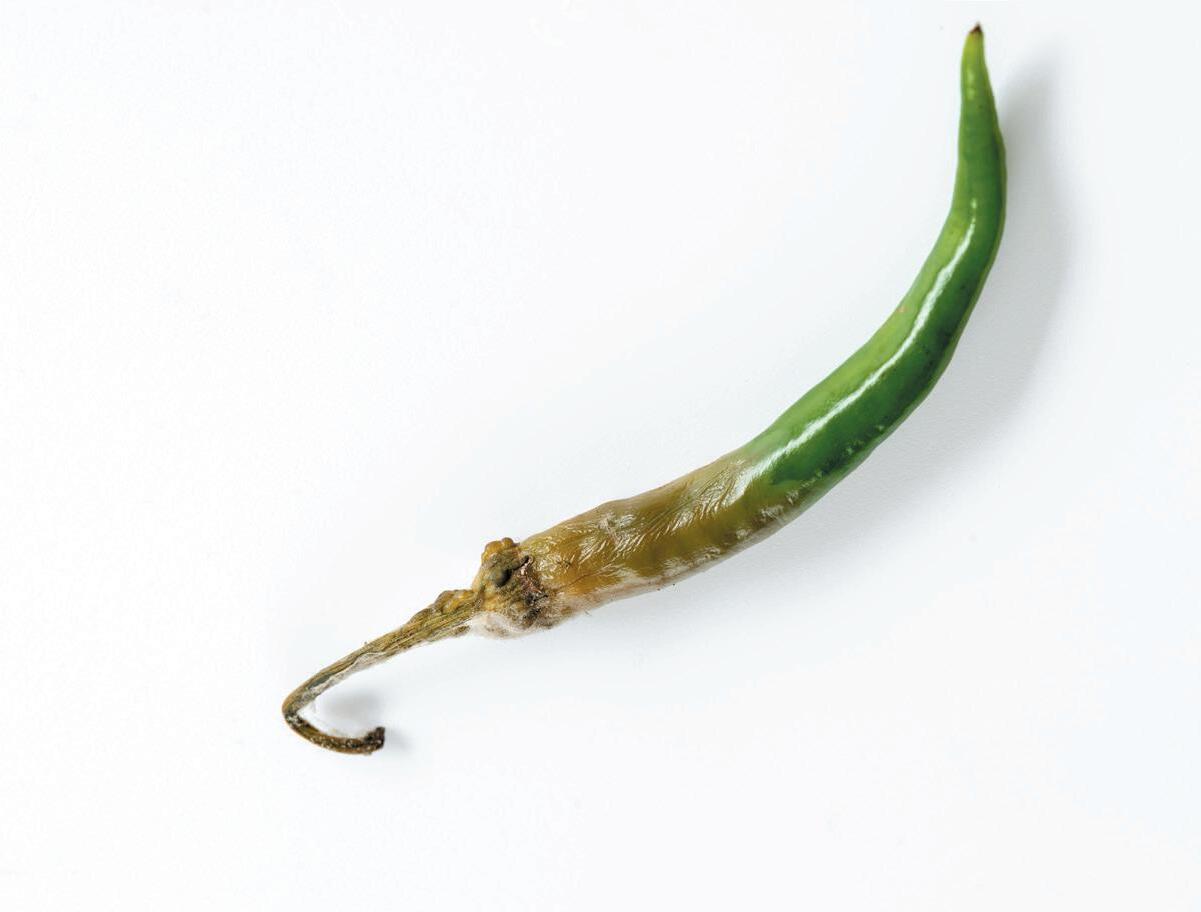
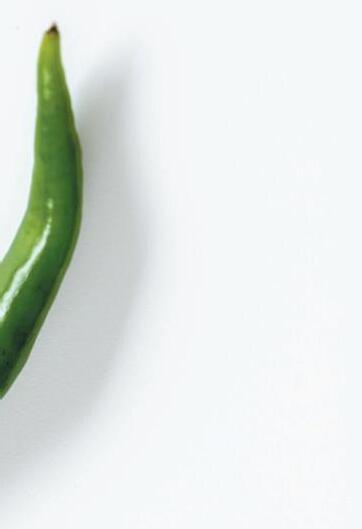
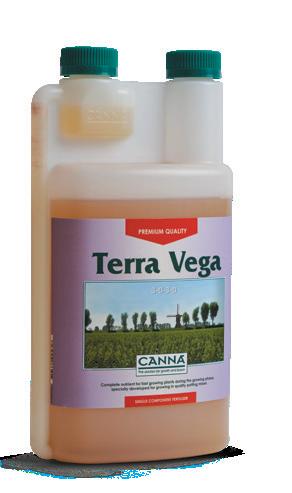
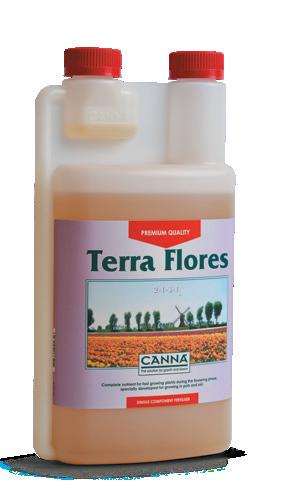

You’d never know it when you’re washing soil off your hands after a long day’s gardening, but scientists estimate that there are probably more microbes on your dirty hands than there are people on the earth—including vast numbers of bacteria, fungi, protozoa and nematodes. Many of these microorganisms grow and develop around plants’ root systems—aka the rhizosphere—because roots produce many carbon compounds, which provide energy for these invisible soil-dwellers. While some microorganisms have no effect on plants and others can be damaging, many serve to protect crops and can even promote plant growth.
So who’s who in this invisible world? And how exactly do they help? In this article, we’ll run through a few of the friendliest and most helpful microorganisms so you can get to know how they work, and why to welcome them in your garden.

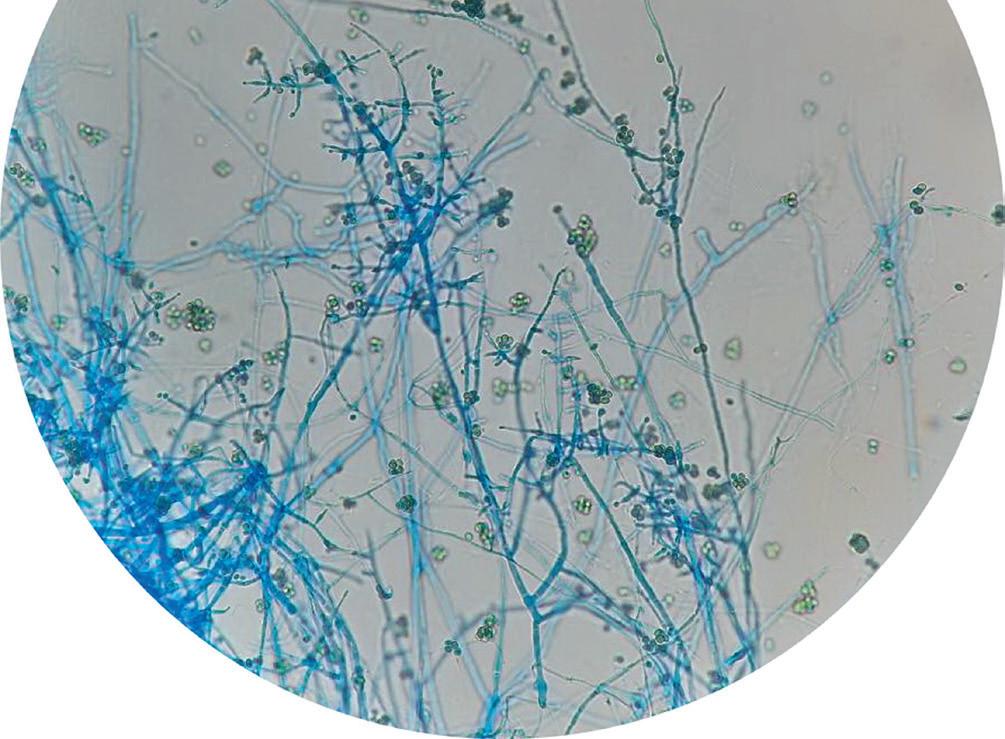
Trichoderma is a genus of fungi that live in soils that are rich in organic plant matter. They are true garden champions, because they help plants defend themselves against insect attack or damage from rats or other animals.
Unlike animals, plants do not have the ability to produce antibodies to protect themselves against pathogens entering their organisms. However, they do produce other kinds of molecules, especially proteins and phytoalexins (substances with fungicidal and bactericidal properties) which help fight the effects of the pathogen. The plant starts to produce these substances when it detects that it is under attack.
The Trichoderma fungi secrete a series of substances that cause the plant to produce these defence proteins and phytoalexins even when they are not under attack by a parasite. Specifically, they produce enzymes, particularly cellulases, which break down organic matter (dead roots, remains of other plants, etc). The products of this enzymatic decomposition are very similar to those generated in a pathogen attack and they therefore replicate the signal, inducing the production of resistant substances.
Mycoparasitism is the ability of these fungi to grow and act as parasites on other fungi which may be plant pathogens. For example, some species of Trichoderma can be useful

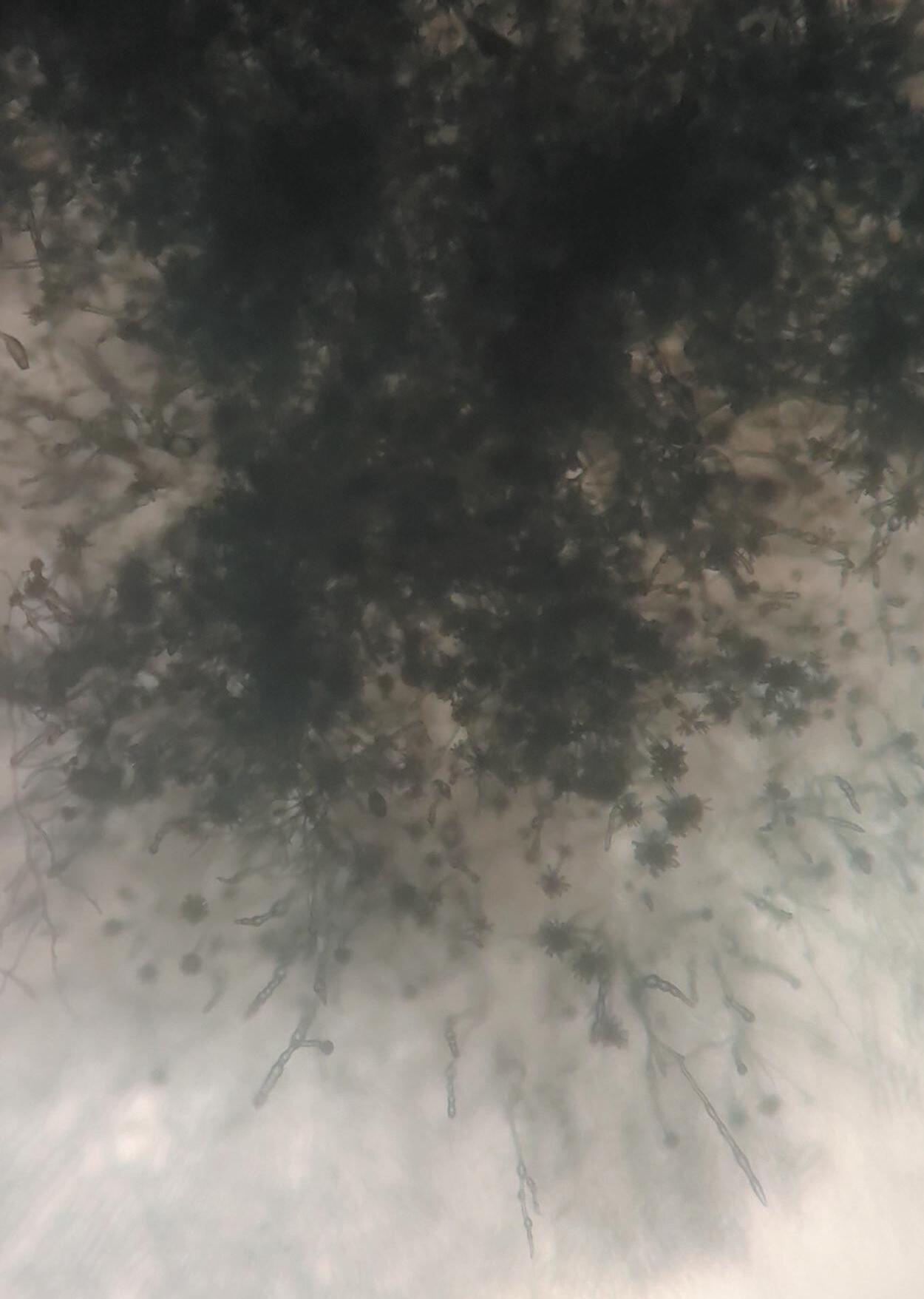

for fighting and preventing Rhizoctonia solani, a fungus that causes damping off and root rot. Because of this, Trichoderma are also sprayed on leaves to fight fungal diseases such as oidium and mildew.
Mycorrhizae are fungi that establish a symbiotic relationship with the roots of the plants in order to develop. As secondary roots grow from roots colonised by Mycorrhizae, they are also enveloped in or penetrated by the mycelium of the fungus. The plant can use the mycelium, which extends beyond its root system, to gather nutrients lying beyond its reach. In the symbiotic relationship, the plant provides the fungus with sugar from photoassimilates and the mycorrhizae provides nutrients which the plant either cannot assimilate itself or can only produce in very small quantities.
One garden-friendly bacterium is Rhizobacteria, which only develops in the roots of legumes. The positive effect of these bacteria on the colonised plants was first observed in ancient times, when growers discovered that crops could be improved by planting them in a field that had previously been used for growing legumes.
The rhizobium-legume symbiosis was probably the first to be used by humans to improve crop yields. Growers also noticed
that the fastest-growing and best-producing plants had protuberances on their roots, called nodules, which were much less common on other plants.
In 1888, the German researchers Hellriegel and Wilfarth showed that it was in these nodules that nitrogen accumulated. The Dutch scientist Beijirink subsequently isolated the bacteria in the nodules. They belong to the genus Rhizobium, which, through the action of nitrogenase enzymes, convert atmospheric nitrogen—which cannot be used directly by the plant—into ammonium that plants can assimilate easily.
The production of antibiotic substances also makes these bacteria ideal candidates for preventing root-rotting conditions such as damping off and even to fight air-borne fungi such as Botritis. Many rhizobacteria produce these kinds of antibiotic, some of which have fungicidal or antiviral properties. The rhizobacteria that produce this type of antibiotic are primarily of the genus Pseudomona and Bacillus.
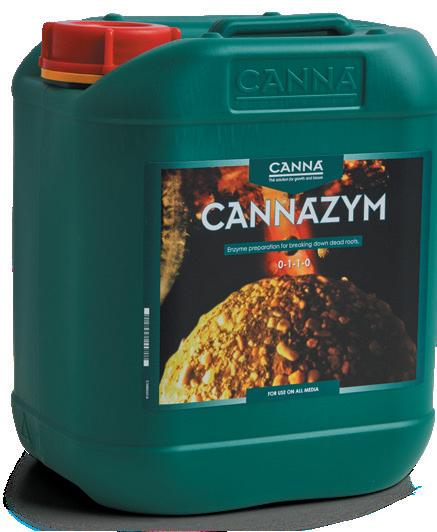
Although invisible, the world of microorganisms is a fascinating one, and getting to know them can bring incredible benefits to your garden. Find out more about what they can do for your crops by heading to www.canna.com.au



Stonehurst has been creating its sabbath-esque, psychedelic, heavy power-rock tracks since 2007. Since exploding onto Christchurch stages, Stonehurst has made a strong impact on the NZ music scene – from achieving national FM radio status, to international festival slots such as Seether and Electric Avenue Festival. Stonehurst keeps pushing its game to another level – fully living up to its reputation as one of NZ’s favourite heavy and legendary rock acts.
Tim Hunt, Stonehurst’s vocalist/guitarist, runs ‘Tombstone Entertainment’ a multi-genre events company showcasing top quality NZ music. Alongside this he runs annual event ‘Groovefest’, as well as side projects ‘SCROOGE’ and ‘Purple Wookie’.

The NZ music scene continues to thrive with roots deep in the underground, formed by Stonehurst and their wider creative community.
Q: I’ve recently been trying to perfect my recirculating hydro set-up and was wondering about the correct ratios for EC levels in the drain water and why it seems to change so much depending on the plant and type of nutrients…
A: ‘EC’, or electrical conductivity, measures the potential for material to conduct electricity. Another way to think about it is as the measure of the concentration of salts in your nutrient solution.
It’s really important to keep tabs on the EC levels in your system as it can greatly affect the growth and development of your plants—high levels in winter will help the plant funnel energy into forming flowers and fruit. In contrast, high EC levels
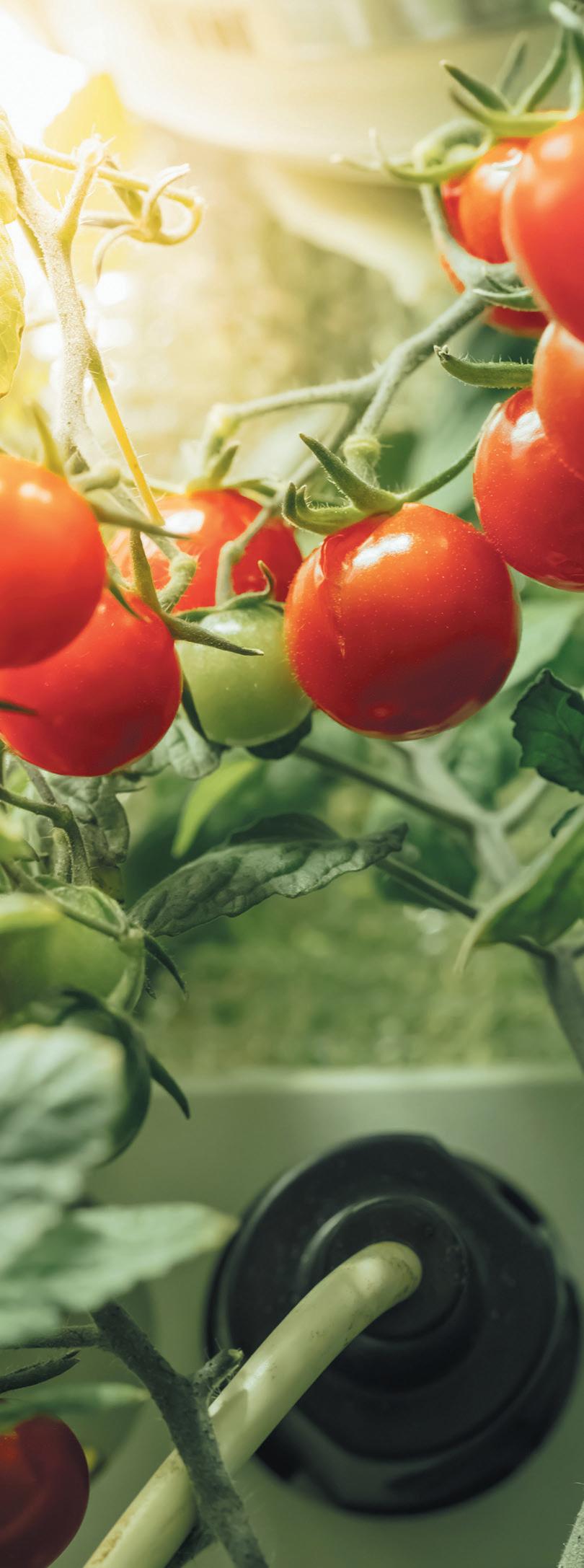


in summer will restrict water absorption and lead to stressed plants. It’s also vital to account for the different demands of the plant’s stage of growth and feed accordingly.
The easiest way to measure the EC levels is to monitor your drain water by extracting a small amount every day and placing it in an EC metre. Tracking the EC will help you determine how to adjust the solution for the next watering. Ideally, the EC should be at least 30% of the total amount of water solution applied. When it comes out, the EC of the drain water will always be higher than the input water—but it should not be more than 20% higher than input water. For example, if the EC of the input water is 2mS/cm then the drain water will be between 2 and 2.4mS/cm. Any higher than 20% will require adjustment or additional watering.
There are a few reasons why EC levels can change, including the mobility of the elements in the root zone. Each element has a mobility rating, which means some will be taken up faster than others. For example, calcium (Ca++) has a slow uptake compared to nitrogen (NH4-), which means nitrogen will move into the plant much faster than Calcium. Depending on the plant’s capacity to absorb them, the left over nutrients will be released with the drain water, pushing the EC levels up or down.
Feeding plants can be confusing, but CANNA makes it easy! You can find out more at www.canna.com.au/ electrical_conductivity
Gardening!
